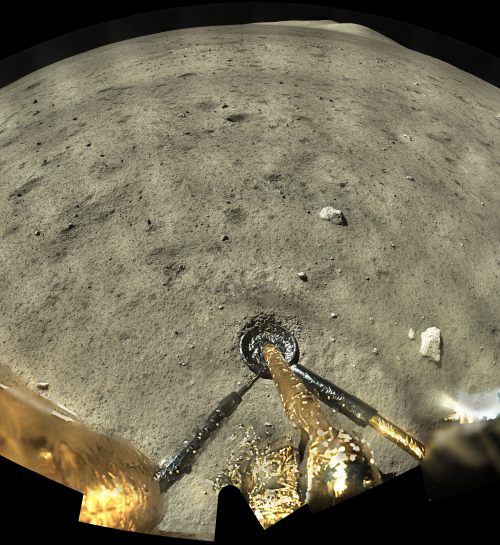Hubble captures 20-year fading of planetary nebula
Astronomers using the Hubble Space Telescope have now tracked the spectacular fading of the Stingray Nebula, which when it was discovered in the mid-1990s was labeled the youngest such object ever found.
Astronomers have caught a rare look at a rapidly fading shroud of gas around an aging star. Archival data from NASA’s Hubble Space Telescope reveal that the nebula Hen 3-1357, nicknamed the Stingray nebula, has faded precipitously over just the past two decades. Witnessing such a swift rate of change in a planetary nebula is exceeding rare, say researchers.
Images captured by Hubble in 2016, when compared to Hubble images taken in 1996, show a nebula that has drastically dimmed in brightness and changed shape. Bright blue fluorescent tendrils and filaments of gas toward the center of the nebula have all but disappeared, and the wavy edges that earned this nebula its aquatic-themed name are virtually gone. The young nebula no longer pops against the black velvet background of the vast universe.
Astronomers have found that the central star had been heating precipitiously in the late 20th century, from 40K to 108K degrees Fahrenheit. Since then it has begun to cool. They think that flash of heat, caused by what they think was short period of helium fusion, caused the planetary nebula to brighten, and now fade.
Astronomers using the Hubble Space Telescope have now tracked the spectacular fading of the Stingray Nebula, which when it was discovered in the mid-1990s was labeled the youngest such object ever found.
Astronomers have caught a rare look at a rapidly fading shroud of gas around an aging star. Archival data from NASA’s Hubble Space Telescope reveal that the nebula Hen 3-1357, nicknamed the Stingray nebula, has faded precipitously over just the past two decades. Witnessing such a swift rate of change in a planetary nebula is exceeding rare, say researchers.
Images captured by Hubble in 2016, when compared to Hubble images taken in 1996, show a nebula that has drastically dimmed in brightness and changed shape. Bright blue fluorescent tendrils and filaments of gas toward the center of the nebula have all but disappeared, and the wavy edges that earned this nebula its aquatic-themed name are virtually gone. The young nebula no longer pops against the black velvet background of the vast universe.
Astronomers have found that the central star had been heating precipitiously in the late 20th century, from 40K to 108K degrees Fahrenheit. Since then it has begun to cool. They think that flash of heat, caused by what they think was short period of helium fusion, caused the planetary nebula to brighten, and now fade.









